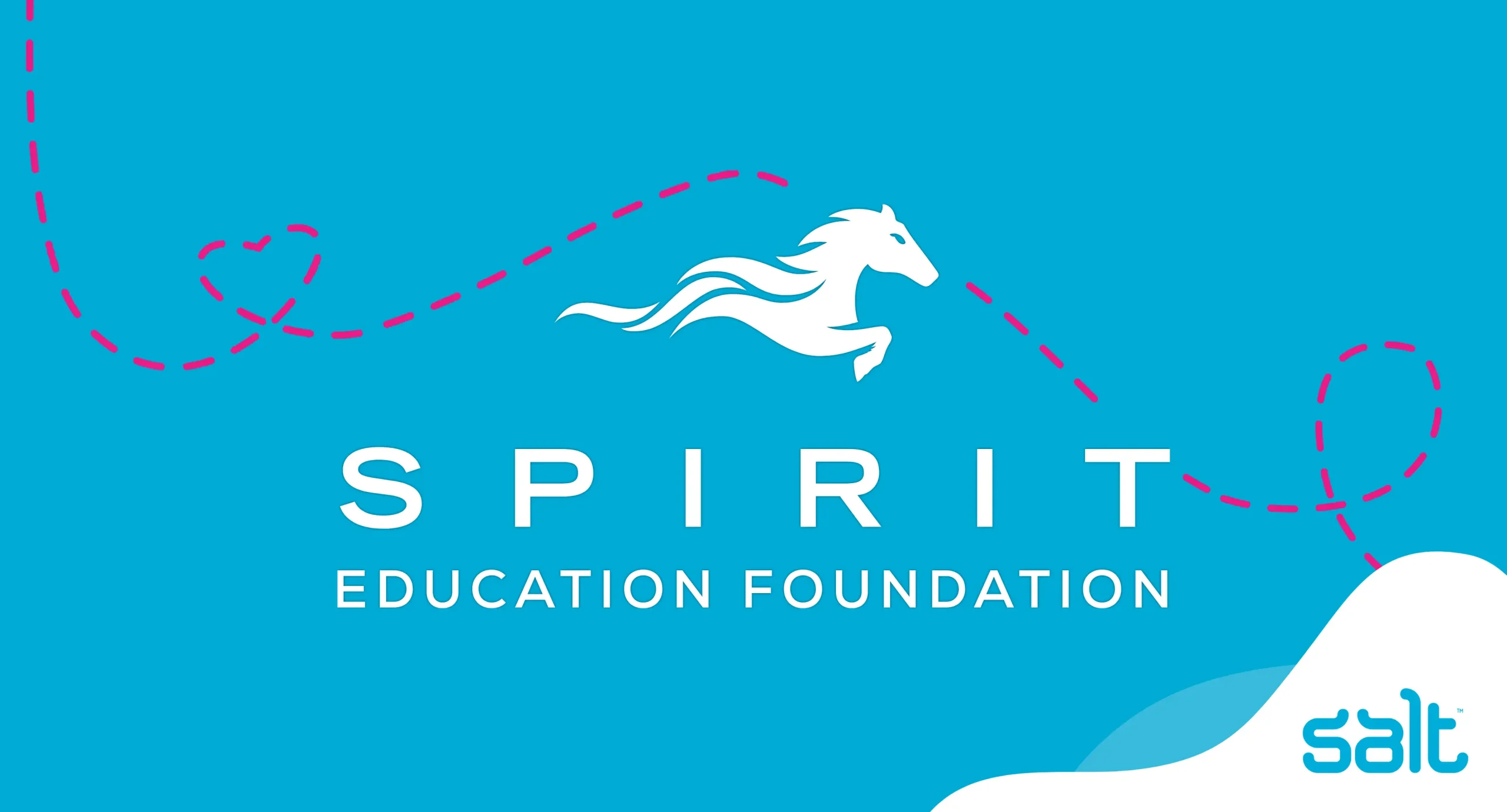
Ever wondered how do we attribute a value or ROI to design? With UX design being a crucial function in the digital economy; Salt’s Sabrina Zeddam, hosted The Evolving Business of Design webinar last Tuesday, 30th June at 1:00pm SGT in collaboration with Quyen Nguyen and Charlotte Cheung.
Hear from our panel of experts as they shared their perspectives on building the bridge between Design and Business.
Our Speakers:
- Michael Tam, Global Associate Design Director, IBM iX – CoC, Hong Kong
- Mikael Leppä, Design Director, Wärtsilä, Finland-Singapore
- Jan Takács, Design Lead (CX), Accenture Interactive, Malaysia
Check out some of the insights that were discussed.
- 00:32 — Introduction to Salt
- 03:13 — Introduction to the Speakers
- 08:11 — Why are we talking about the value of Design?
- 13:15 — Why do stakeholders need to know about the value of Design?
- 28:20 — What role does a designer play in a business conversation?
- 36:07 — How to showcase Value of Design in my portfolio?
- 45:56 — Benchmark
- 53:31 — Q & A
Here are just some of the insights that were raised during the webinar:
1. Most decision-makers aren’t designers
Designers need to be able to translate the business value of design to people who have never heard of UX before i.e. the decision-makers who have the power to allocate budget to your project.
2. The importance of design perspective and business perspective
The most important thing to a stakeholder is what can you as a designer bring to the business. As a designer, your role is to help ease the business pain points. The better you are in transitioning from a follower mindset to a leader mindset, the more successful you’ll be in leading projects where design is key.
3. A designer’s role in a business
Identifying pain points in a product life cycle is the best way to showcase your value in a business. You can do this by displaying ways on how to increase revenue, attract new customers, and simplify a process to be more efficient and user-friendly.
4. What to include in your portfolio
A good case study should always include these key structures: the challenge, your role, the outcome, and the business impact. For business people, the outcome and business impact are the most intriguing parts as they show the value you bring to the table. Additionally, you should always have a point of view in your portfolio, so the hiring manager will have a better understanding on the story you’re trying to tell.
5. Design benchmark
It is important to remember that although functionality of a product is vital, the visual needs to be pleasing and eye-catching too. There should always be a balance between beauty and functionality in any product.
Are you currently looking for a Creative role in Singapore?
Visit our job page to check out our open roles.


